Summer Houses
-


Rowlinson Garden Cabin Retreat - LBRETREAT
£2,126.40inc VAT
SKU: LBRETREATIn Stock - 7 - 9 Working Days -


Rowlinson Oasis Cabin Summerhouse - Brown - LBSOAS
£3,589.00inc VAT
SKU: LBSOASIn Stock - 7 - 9 Working Days -


Forest 4LIFE Pent Summerhouse 10x6 - Double Doo...
£895.00inc VAT
SKU: 4LPS106DD5WMHDAvailable - 1 - 2 Weeks -
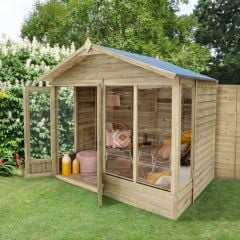

Forest 4LIFE Apex Summerhouse 8x6 - Double Door...
£735.00inc VAT
SKU: 4LAS86DD4WMHDAvailable - 1 - 2 Weeks -
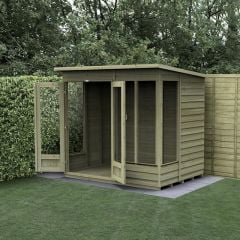

Forest 4LIFE Pent Summerhouse 7x5 - Double Door...
£659.99inc VAT
SKU: 4LPS75DD4WMHDAvailable - 1 - 2 Weeks -


Forest 4LIFE Pent Summerhouse 8x6 - Double Door...
£829.99inc VAT
SKU: 4LPS86DD4WMHDAvailable - 1 - 2 Weeks -


Forest 4LIFE Apex Summerhouse 8x10 - Double Doo...
£975.98inc VAT
SKU: 4LAS810DD6WMHDAvailable - 1 - 2 Weeks -


Forest 4LIFE Apex Summerhouse 6x4 - Double Door...
£525.00inc VAT
SKU: 4LAS64DD5WMHDAvailable - 1 - 2 Weeks -
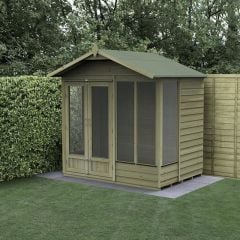

Forest 4LIFE Apex Summerhouse 7x5 - Double Door...
£659.99inc VAT
SKU: 4LAS75DD4WMHDAvailable - 1 - 2 Weeks -


Forest 4LIFE Pent Summerhouse 6x4 - Double Door...
£549.98inc VAT
SKU: 4LPS64DD5WMHDAvailable - 1 - 2 Weeks -
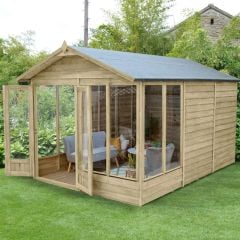

Forest 4LIFE Apex Summerhouse 8x12 - Double Doo...
£1,121.99inc VAT
SKU: 4LAS812DD6WMHDAvailable - 1 - 2 Weeks -
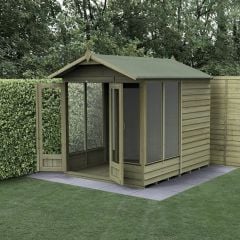

Forest 4LIFE Apex Summerhouse 6x8 - Double Door...
£769.98inc VAT
SKU: 4LAS68DD5WMHDAvailable - 1 - 2 Weeks -



-


-
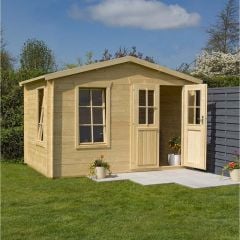

-
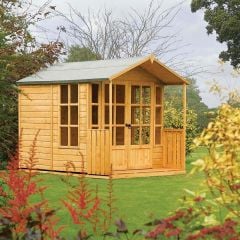

Find out more about Summerhouses
Enhance your outdoor living experience with a beautifully crafted summerhouse, designed to offer a serene escape right in your garden. Perfect for enjoying summer days, hosting gatherings, or simply unwinding in a charming, stylish environment, summerhouses provide a versatile addition to your outdoor space. From cosy nooks to spacious retreats, our range of summerhouses caters to various styles and preferences, blending functionality with elegance.
Key Features of Summerhouses
Customisable Designs
Tailored to Your Taste: Choose from a variety of architectural styles, including traditional, modern, or rustic designs. Customise with options like different roof styles, window configurations, and door types to create a home office that reflects your personal style.
Interior Layouts: Design the interior to suit your needs, whether it’s a relaxing lounge, a garden office, a hobby room, or a guest retreat. Options include built-in shelving, seating arrangements, and space for entertainment systems.
High-Quality Materials
Durable Construction: Built from premium materials such as treated timber, cedar, or composite materials, our garden summer houses are designed to withstand varying weather conditions and provide long-lasting beauty.
Weather-Resistant Finishes: Enjoy peace of mind with finishes that protect against moisture, UV rays, and other environmental factors, ensuring your summerhouse remains in excellent condition throughout the seasons.
Versatile Uses
Leisure and Relaxation: Create a peaceful retreat to read, nap, or enjoy a cup of tea while taking in your garden views.
Entertainment Space: Use your summerhouse for social gatherings, hosting dinner parties, or family celebrations, complete with furniture and décor tailored to your entertainment needs.
Hobby Room: Transform the space into a creative studio for painting, crafting, or other hobbies, with ample natural light and a quiet atmosphere.
Guest Accommodation: Provide a cosy and private space for overnight guests, equipped with comfortable furnishings and thoughtful amenities.
Natural Light and Ventilation
Ample Windows: Enjoy abundant natural light through large windows, which also offer beautiful views of your garden. Choose from fixed, opening, or sliding window options to enhance airflow and ventilation.
Skylights: Add skylights to increase light levels and create an open, airy feel within the summerhouse.
Easy Installation and Maintenance
Quick Setup: Many summerhouses are designed for easy assembly or installation, with pre-fabricated panels and clear instructions, minimising disruption to your garden.
Low Upkeep: Constructed with durable materials and finishes, our summerhouses require minimal maintenance, allowing you to enjoy your space with less effort.
Enhanced Outdoor Living
Seamless Integration: Design your summerhouse to blend harmoniously with your existing garden landscape, using complementary materials, colours, and finishes.
Outdoor Extension: Create a seamless transition between indoor and outdoor living by adding a deck, patio, or pergola connected to your summerhouse.
Benefits of Having a Summerhouse
Increased Property Value: Home Enhancement: A well-designed summerhouse adds both aesthetic appeal and functional space to your property, potentially increasing its market value.
Year-Round Enjoyment: Seasonal Use: While ideal for summer, many summerhouses can be adapted for year-round use with added insulation, heating, or cooling options, making them a versatile addition to your garden.
Privacy and Comfort: Personal Sanctuary: Enjoy a private space away from the main house, perfect for relaxation, meditation, or simply escaping the hustle and bustle of everyday life.
Customisable Features: Personal Touches: Add custom features such as built-in seating, a bar area, or a sound system to tailor the summerhouse to your specific preferences and needs.
Eco-Friendly Options: Sustainable Materials: Many summerhouses are constructed using eco-friendly materials and methods, supporting sustainable living practices and reducing your environmental footprint.
Choose Our Summerhouses
Expert Craftsmanship: Our wooden summer houses are built to the highest standards of quality, ensuring a beautiful and durable addition to your garden.
Tailored Solutions: We offer a wide range of customisation options, allowing you to design a summerhouse that perfectly fits your style and requirements.
Customer Support: From initial consultation to installation and beyond, our team is dedicated to providing excellent service and support throughout your summerhouse journey.
Summerhouses FAQs
What materials are best for summerhouses?
When selecting materials for a garden buildings, it’s important to consider factors like durability, aesthetics, maintenance, and insulation. Here are some of the best materials for summerhouses, each with its own benefits:
Timber
Types: Cedar, pine, spruce, and treated softwoods.
Benefits: Natural Aesthetics: Provides a classic, warm look with natural grain patterns and finishes.
Durability: High-quality timber, especially cedar, is naturally resistant to rot and insects.
Insulation: Wood has good natural insulating properties, helping to maintain a comfortable temperature inside the summerhouse.
Considerations: Requires regular maintenance, including staining or painting, to protect against weathering and prolong its lifespan.
Pressure-Treated Wood
Types: Typically pine or spruce that has been treated with chemicals to resist decay and pests.
Benefits: Longevity: Enhanced resistance to moisture, insects, and decay compared to untreated wood.
Low Maintenance: Requires less frequent maintenance compared to untreated wood.
Considerations: Can have a chemical smell initially; ensure proper ventilation during and after installation.
Composite Materials
Types: Wood-plastic composites (WPC) and other engineered materials combining wood fibers with plastic.
Benefits: Durability: Highly resistant to rot, warping, and insects. Minimal maintenance is required.
Variety: Available in various colors and textures to mimic natural wood.
Considerations: Can be more expensive than traditional wood; some composites can be less environmentally friendly due to plastic content.
Brick or Stone
Types: Traditional brick, natural stone, or manufactured stone veneer.
Benefits: Durability: Extremely durable and low-maintenance. Resistant to weather conditions and pests.
Aesthetics: Provides a timeless, classic look with a range of finishes and colors.
Considerations: Higher cost and more complex installation compared to other materials. May require a strong foundation and more substantial base.
Metal
Types: Steel, aluminium, or galvanized steel.
Benefits: Strength and Durability: Very strong and resistant to damage from weather, pests, and fire.
Low Maintenance: Generally requires minimal upkeep; often treated to resist rust and corrosion.
Considerations: Metal can be prone to overheating in direct sunlight, so proper insulation and ventilation are important.
Vinyl
Types: PVC or other synthetic polymers.
Benefits: Weather Resistance: Highly resistant to moisture, rot, and insects. Low maintenance.
Variety: Available in different colors and styles, often designed to mimic other materials like wood.
Considerations: Can have a less natural appearance compared to wood or stone; may become brittle over time with exposure to extreme temperatures.
Insulated Panels
Types: SIPs (Structural Insulated Panels), polyurethane, or polystyrene panels.
Benefits: Energy Efficiency: Provides excellent insulation, helping to maintain a comfortable internal temperature and reduce heating or cooling costs.
Quick Installation: Panels can be pre-fabricated and installed quickly.
Considerations: May require a specific construction method and can be more expensive than traditional building materials.
Glass
Types: Tempered glass or double-glazed panels.
Benefits: Natural Light: Maximises natural light and offers beautiful views of the garden.
Modern Aesthetics: Provides a sleek, contemporary look and can make a small space feel larger.
Considerations: Requires careful consideration for privacy and temperature control. Ensure the frame and fittings are robust to support the glass panels.
Choosing the Right Material
Climate and Weather Conditions: Choose materials that can withstand your local weather conditions. For instance, in humid climates, pressure-treated wood or composite materials may be preferable to prevent rot.
Aesthetics: Consider how the material will fit with the overall look of your garden and home. Timber offers a natural look, while metal or glass may provide a more modern feel.
Budget: Evaluate the costs of materials, including installation and maintenance. Wood and composite materials might be more budget-friendly, while brick, stone, or metal could be more expensive.
Maintenance: Assess how much time and effort you’re willing to invest in upkeep. Materials like composite and metal generally require less maintenance than traditional wood.
Insulation Needs: If you plan to use the summerhouse year-round or during cooler months, ensure the material offers adequate insulation or consider adding insulation as part of the build.
By considering these factors, you can choose the best materials for your summerhouse that will meet your needs for durability, aesthetics, and functionality.
How can I insulate my summerhouse for year-round use?
Insulating your summerhouse for year-round use involves several steps to ensure it remains comfortable throughout all seasons. Effective insulation will help maintain a stable indoor temperature, reduce energy costs, and improve overall comfort. Here’s a comprehensive guide to insulating your summer house sheds:
Insulate the Walls
Internal Insulation: Rigid Foam Board: Install rigid foam boards between wall studs. These boards are effective at providing thermal insulation and can be covered with drywall or wood paneling.
Mineral Wool or Fiberglass Batts: These materials are commonly used for wall insulation. Ensure that the batts fit snugly between studs to prevent gaps.
Spray Foam: Offers both insulation and air sealing. It expands to fill gaps and crevices, providing excellent thermal resistance.
External Insulation: Insulated Cladding: Apply insulated cladding panels to the exterior of the summerhouse. This method improves both insulation and weather resistance.
External Insulation and Finish Systems (EIFS): This involves applying an insulating layer to the exterior, followed by a weather-resistant finish.
Insulate the Roof
Loft Insulation: Mineral Wool or Fiberglass Batts: Lay these materials between the rafters in the loft space. Ensure a continuous layer without gaps for effective insulation.
Rigid Foam Board: Apply foam boards between rafters, followed by a vapor barrier and plasterboard or panelling.
Insulated Roof Panels: Structural Insulated Panels (SIPs): These panels provide both structural support and insulation. They are pre-fabricated and installed as a single unit.
Insulate the Floor
Underfloor Insulation: Foam Board: Place rigid foam board insulation between floor joists. This type of insulation is effective at reducing heat loss through the floor.
Insulating Batts: Use mineral wool or fiberglass batts if you have access to the underfloor area.
Flooring Choices: Carpet with Underlay: Carpet provides added insulation and comfort. Ensure you use a high-quality underlay for better thermal performance.
Vinyl or Laminate with Insulating Underlay: These flooring options can be paired with an insulating underlay to improve thermal efficiency.
Insulate the Doors and Windows
Doors: Weather Stripping: Apply weather stripping around the edges of doors to prevent drafts.
Insulated Doors: Consider replacing existing doors with insulated versions that have a core designed to reduce heat loss.
Windows: Double or Triple Glazing: Install double or triple-glazed windows to reduce heat transfer and improve insulation.
Window Films: Apply reflective or insulating window films to enhance thermal performance.
Thermal Curtains: Use heavy, thermal curtains to add an extra layer of insulation and reduce heat loss.
Seal Gaps and Cracks
Caulking: Seal gaps around windows, doors, and any cracks in the walls with high-quality caulk or sealant.
Foam Sealant: Use expanding foam sealant to fill larger gaps or cracks, especially around pipe entries or wiring holes.
Install a Vapor Barrier
Purpose: A vapor barrier helps prevent moisture from penetrating the insulation and causing damp issues.
Application: Install a vapor barrier (typically a plastic sheet) on the warm side of the insulation, ensuring it covers all areas and is properly sealed.
Add Heating and Cooling
Electric Heaters: Use energy-efficient electric heaters for additional warmth during colder months.
Air Conditioning: Consider installing an air conditioning unit or portable fans for cooling during warmer periods.
Insulated HVAC: If you have HVAC systems, ensure that ducts and pipes are insulated to prevent heat loss or gain.
Ensure Proper Ventilation
Ventilation: Proper ventilation is essential to prevent moisture buildup and maintain indoor air quality. Install vents or air extractors, especially in areas prone to dampness like kitchens or bathrooms.
Consider a Thermostat
Smart Thermostat: Install a programmable or smart thermostat to efficiently manage the temperature and reduce energy consumption.
Are summerhouses suitable for use in all weather conditions?
Log cabin summer houses are generally designed to be used in milder weather conditions. While they can provide a cosy space during spring and summer, they may require additional insulation and weatherproofing to make them suitable for use in colder or wetter weather. Adding insulation, sealing gaps, and ensuring proper ventilation can help make a summerhouse more comfortable in various weather conditions.
What maintenance is needed for a summerhouse?
Maintenance for a summerhouse typically involves regular cleaning, checking for any damage or wear, treating wood surfaces if applicable, and ensuring proper ventilation. Additionally, it's essential to inspect the roof for any leaks and address them promptly to prevent water damage. Regular maintenance helps prolong the life of your summerhouse and keeps it in good condition for years to come.
Can I customise the design of my summerhouse?
Absolutely! You can customise the design of your summerhouse to suit your preferences and needs. From choosing the exterior paint colour to adding decorative elements like window boxes or shutters, there are various ways to personalise your summerhouse. You can also consider customising the interior layout, adding shelves, furniture, or even a small porch to create a unique and inviting space. Customising the design of your summerhouse allows you to create a space that reflects your style and enhances your overall experience.
How can I ensure proper ventilation in my summerhouse?
To ensure proper ventilation in your summerhouse, you can consider adding windows that can be opened to allow for airflow. Additionally, installing vents or a small fan can help circulate air and prevent the space from becoming stuffy. Proper ventilation is essential for maintaining a comfortable and healthy environment inside your summerhouse.
What are the best ways to furnish and decorate a summerhouse?
To furnish and decorate your summerhouse, you can consider adding cosy furniture like a small sofa or chairs, along with decorative elements such as rugs, cushions, and curtains to create a welcoming and relaxing space. Additionally, incorporating potted plants, outdoor lighting, and personal touches like artwork or photos can enhance the overall ambiance of your summerhouse.
Are summerhouses secure for storing valuable items?
While summerhouses can provide a charming and functional space, they may not be the most secure option for storing valuable items. Due to their typically lightweight construction and potential for easier access compared to a traditional house, it's important to consider alternative storage solutions for valuable items to ensure their safety and security.
How can I prepare my summerhouse for winter weather?
To prepare your summerhouse for winter weather, you can consider insulating the walls and roof to help retain heat, sealing any gaps or cracks to prevent drafts, and ensuring that the heating system is in good working condition. Additionally, you can protect outdoor furniture and cover any exposed pipes to prevent freezing. Proper winter preparation helps maintain your summerhouse and ensures a comfortable environment during the colder months.

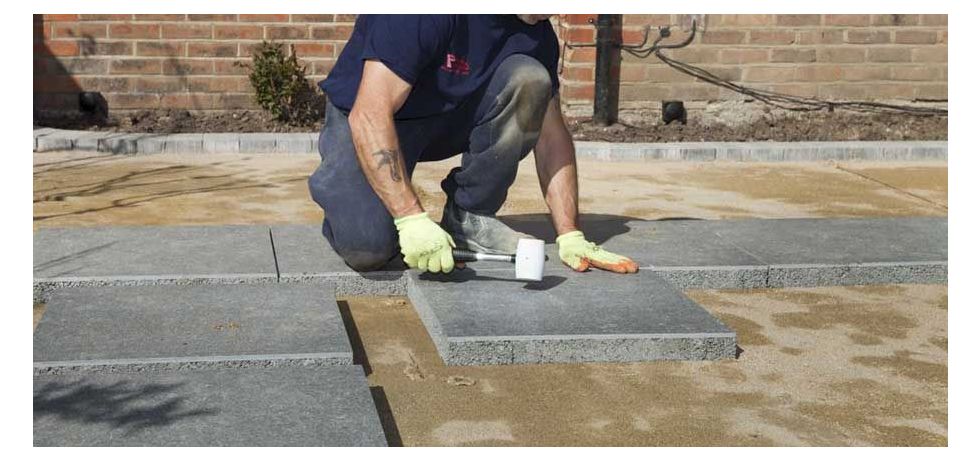
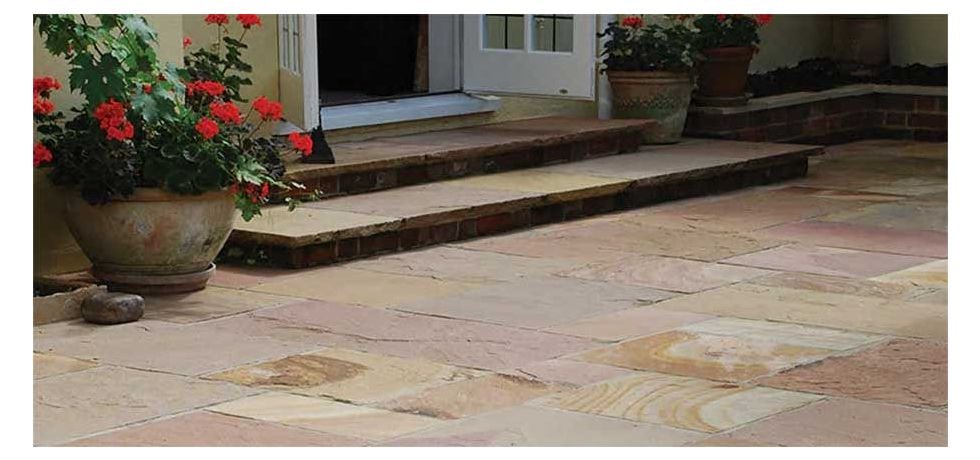
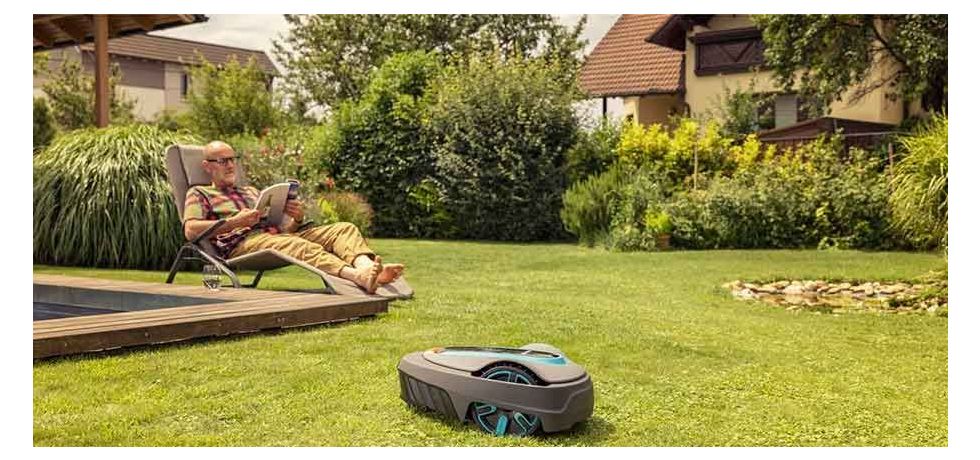
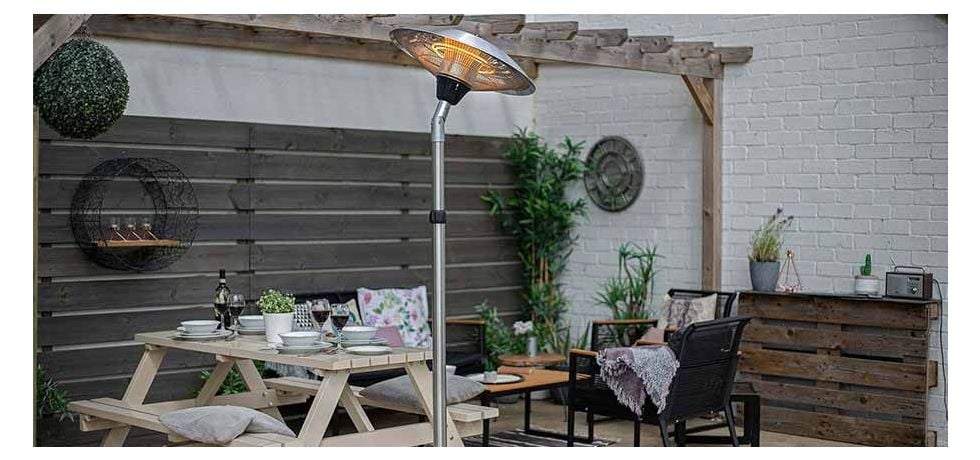
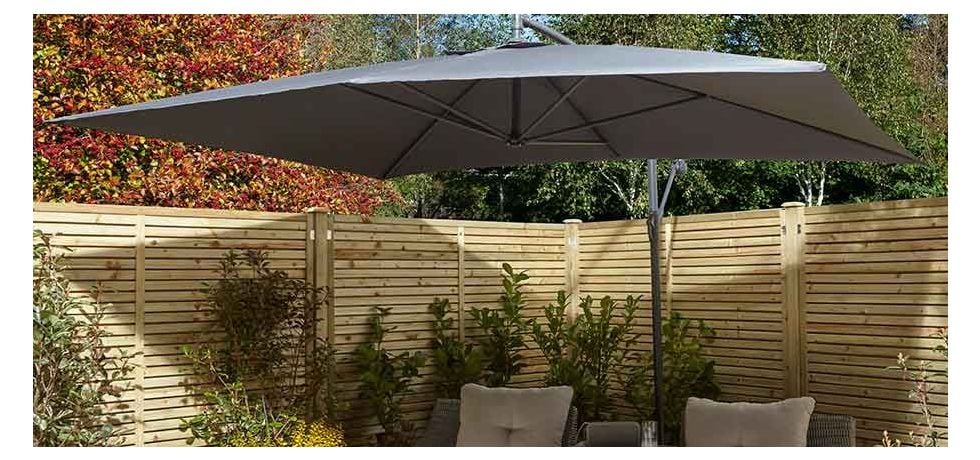
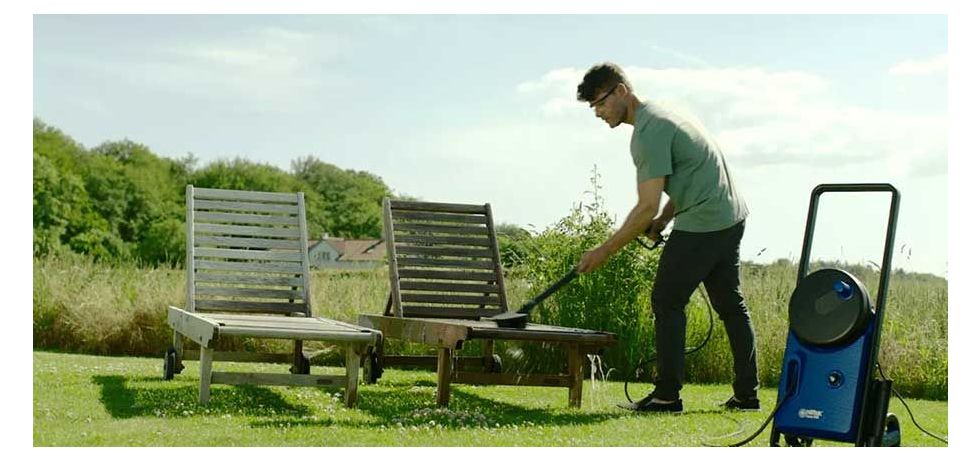
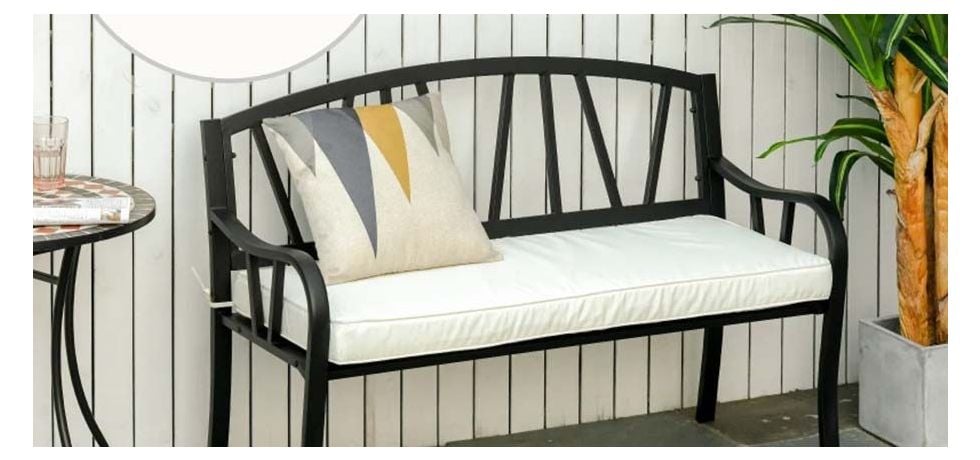
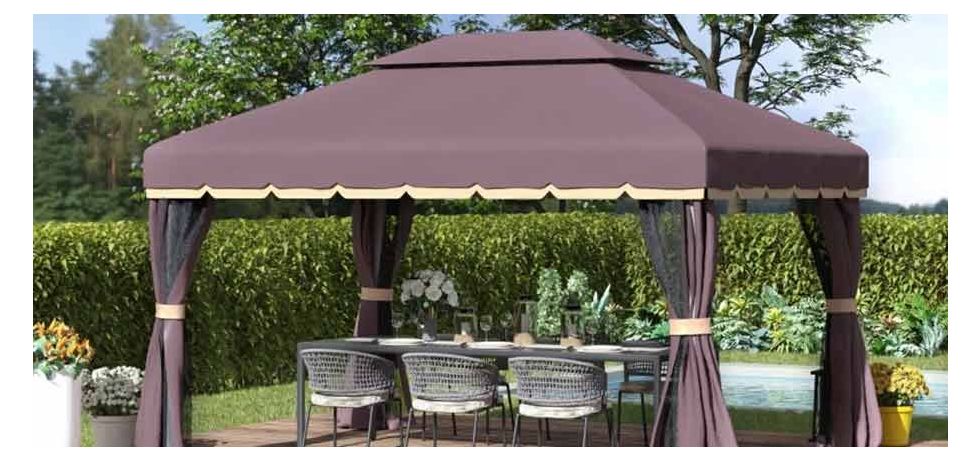
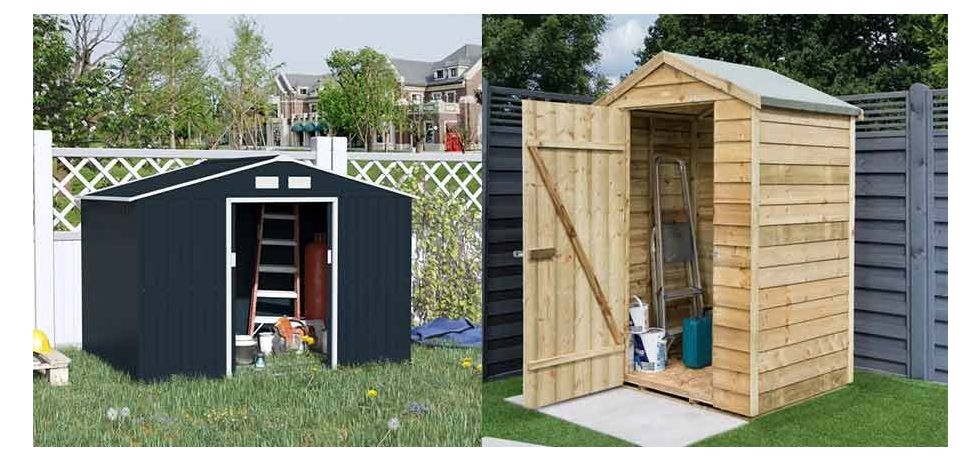
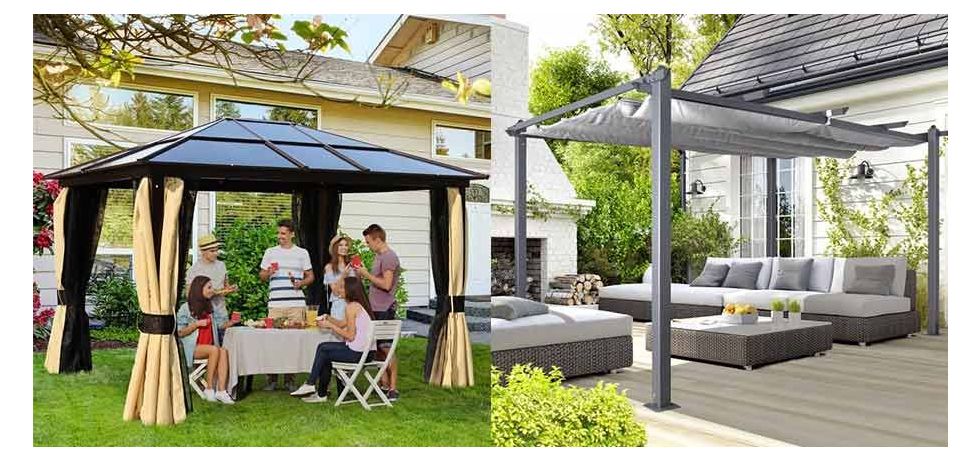

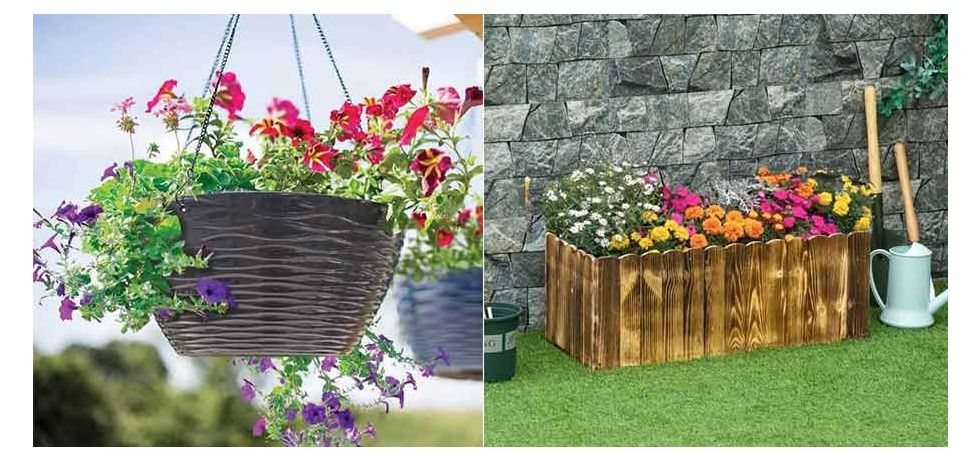
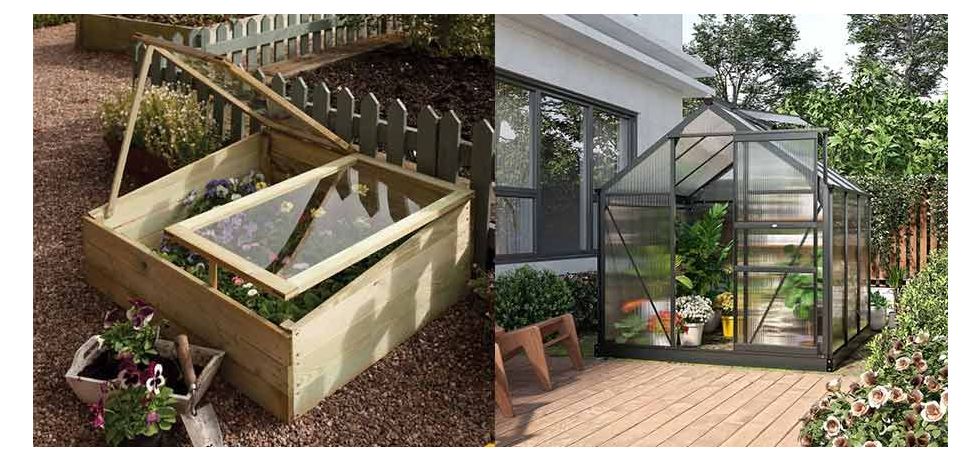
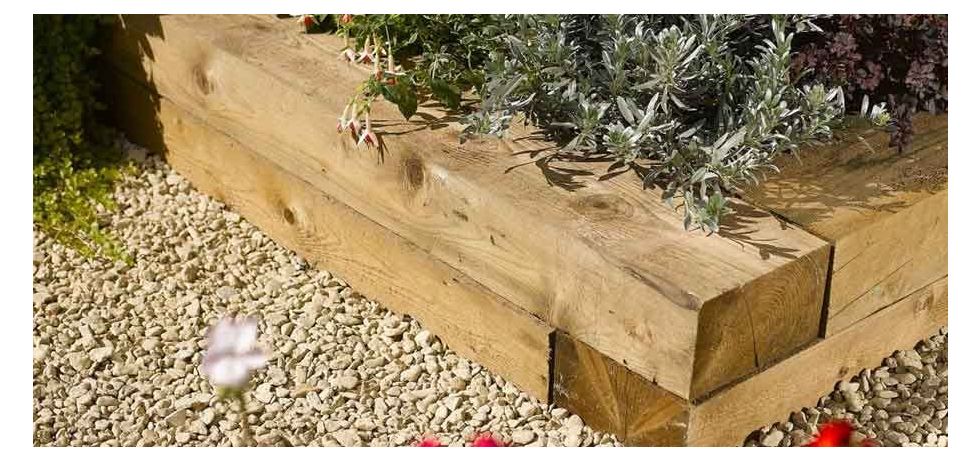
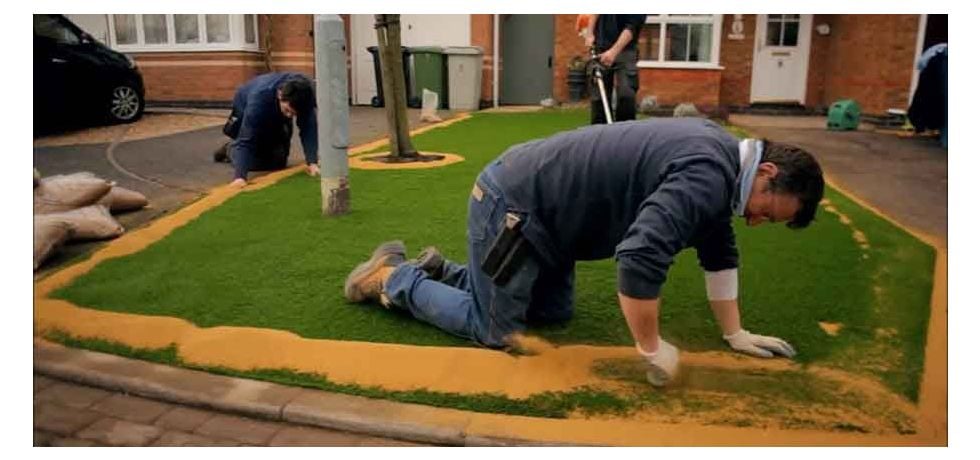
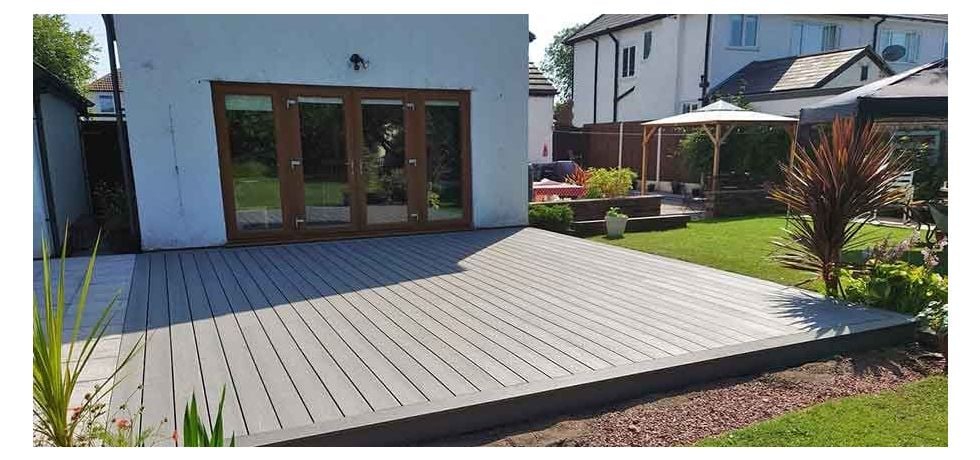
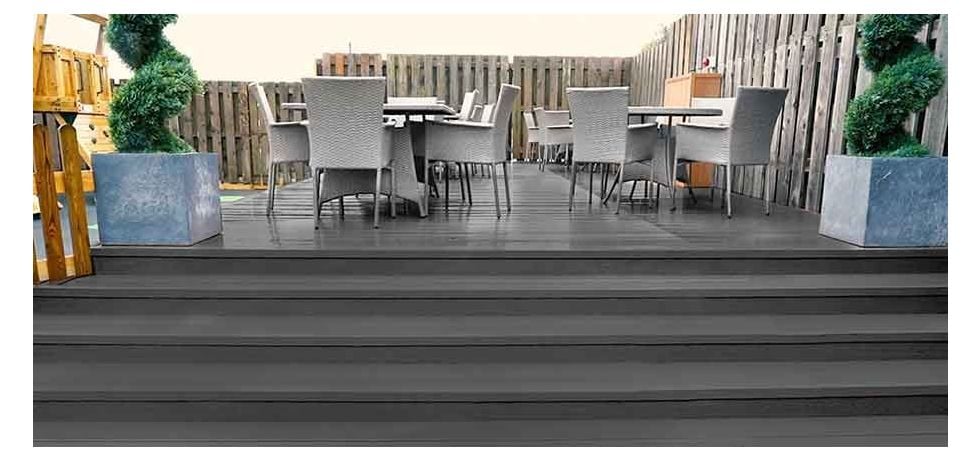

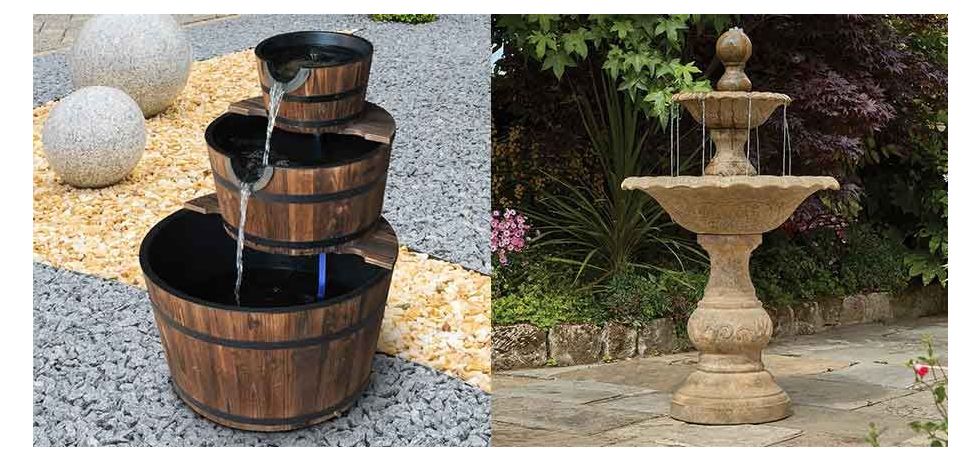
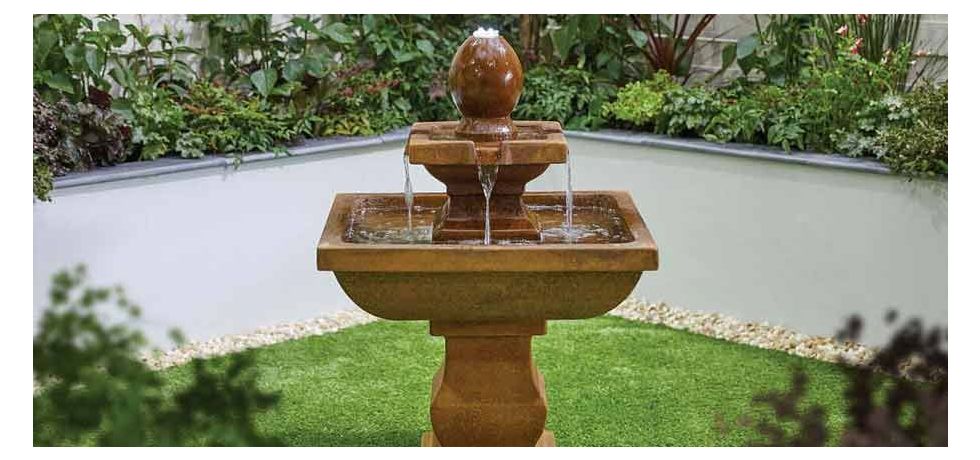
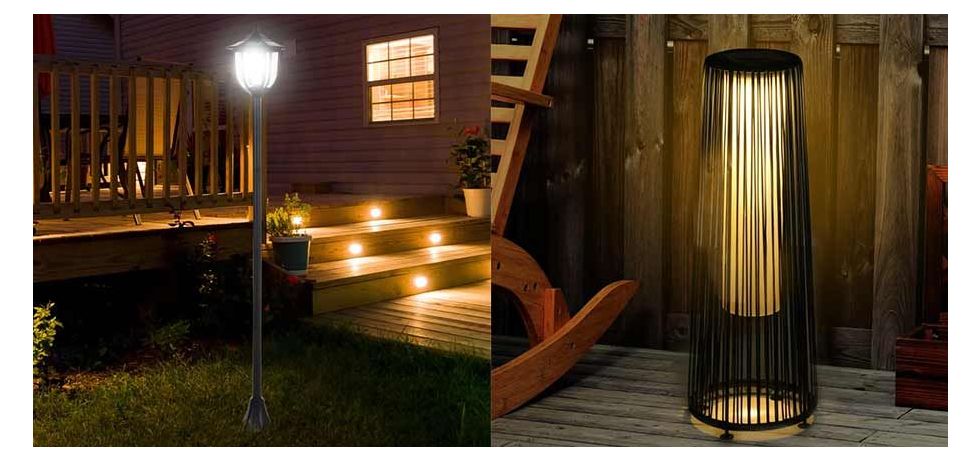
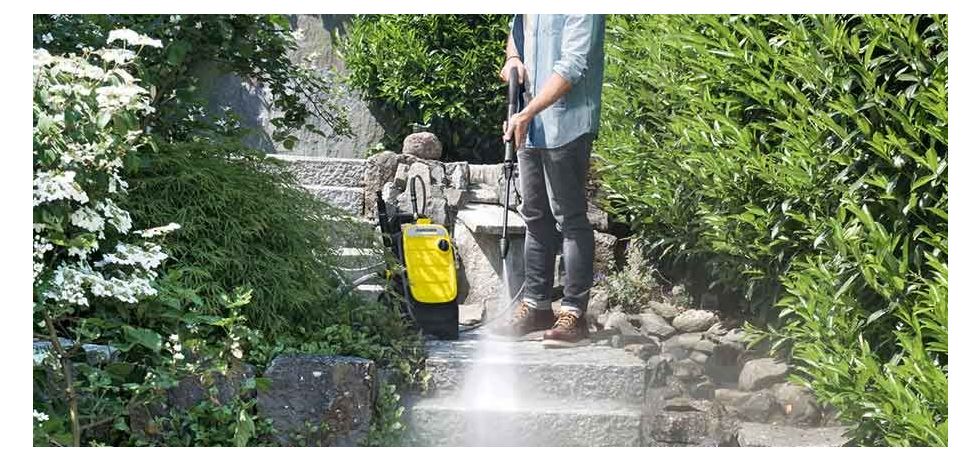
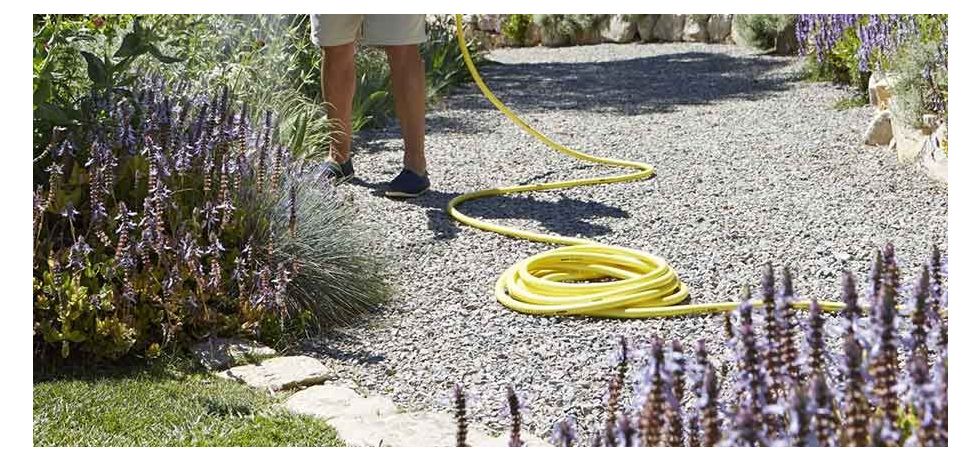
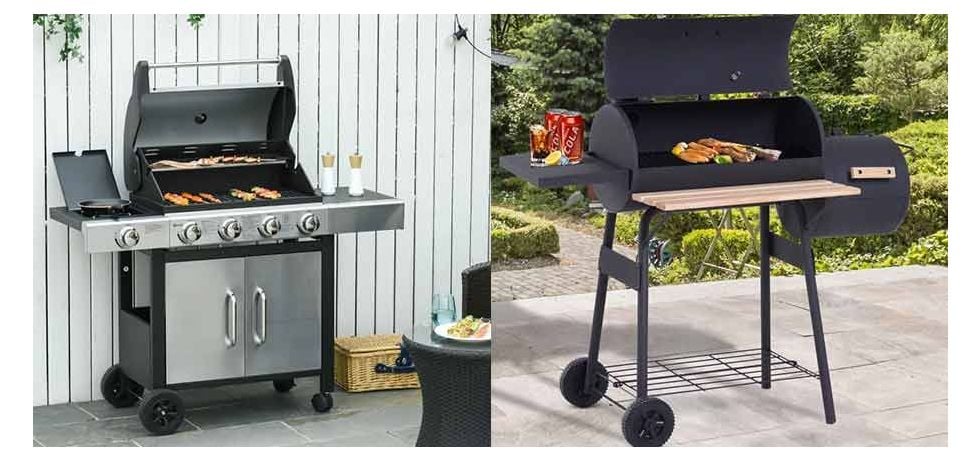
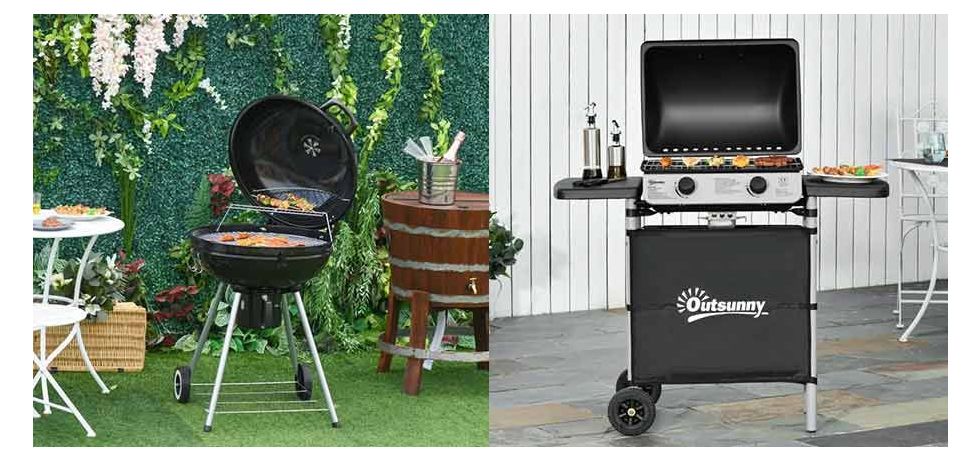
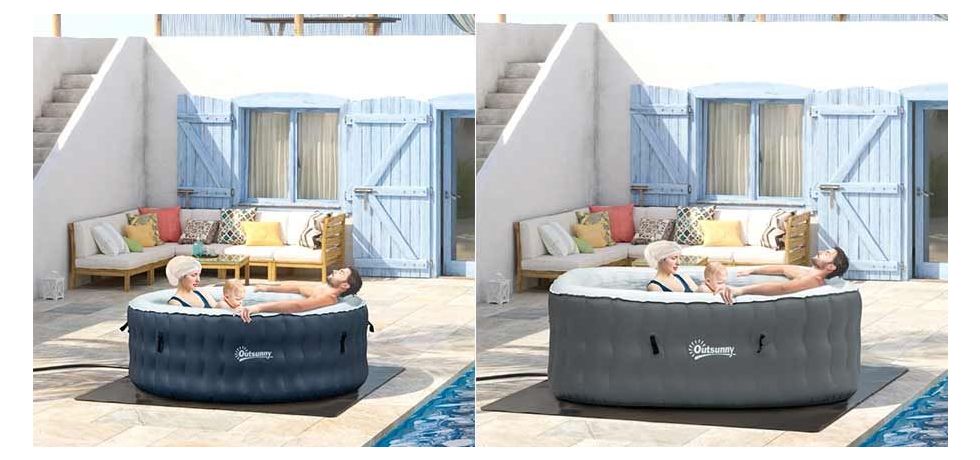
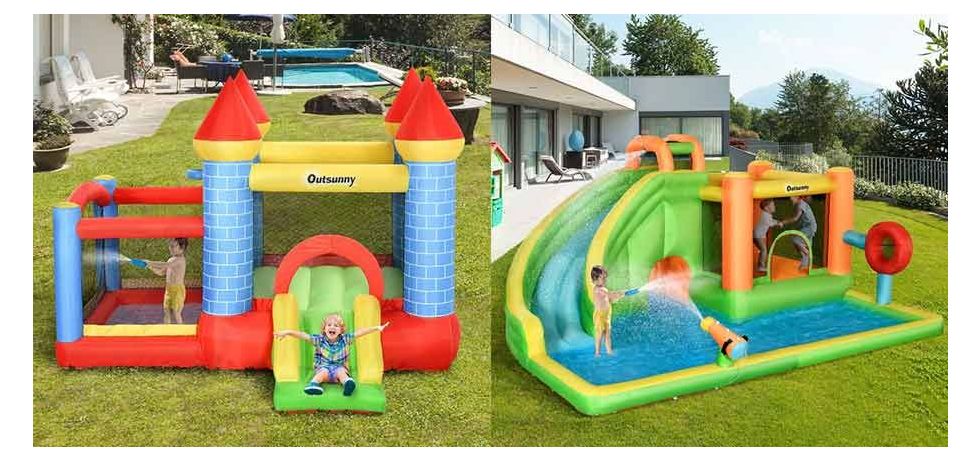
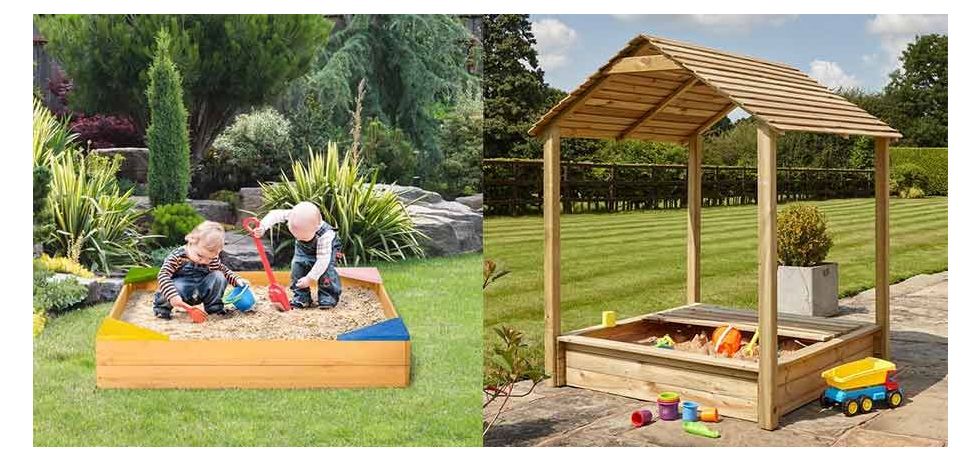
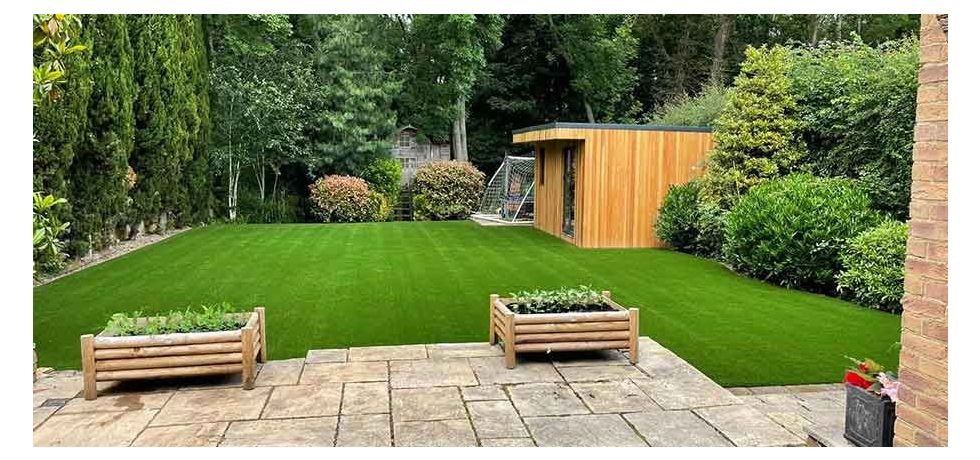
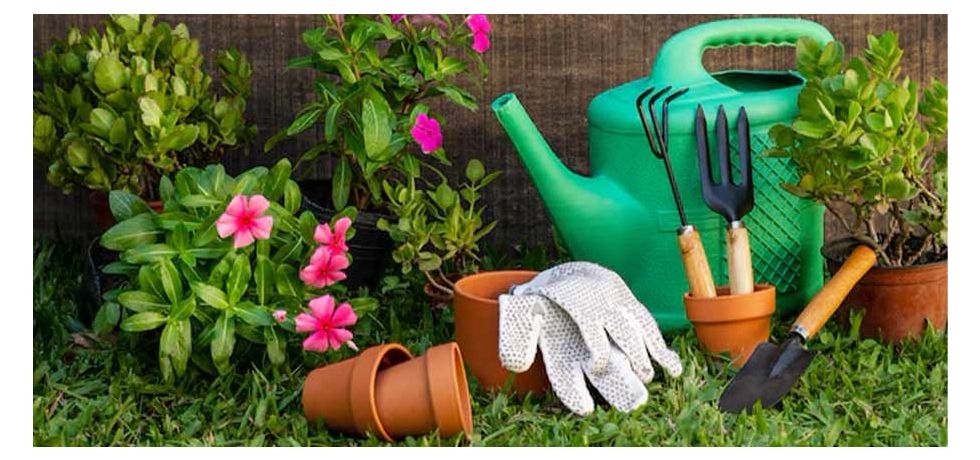
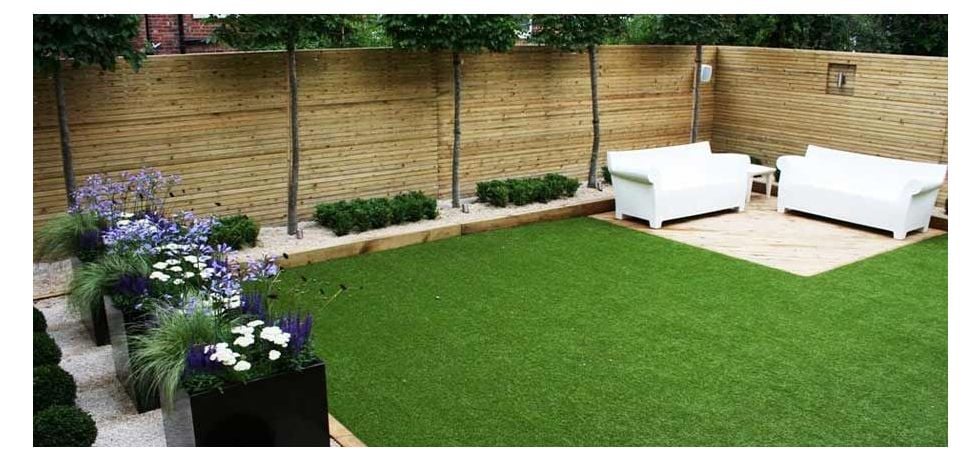
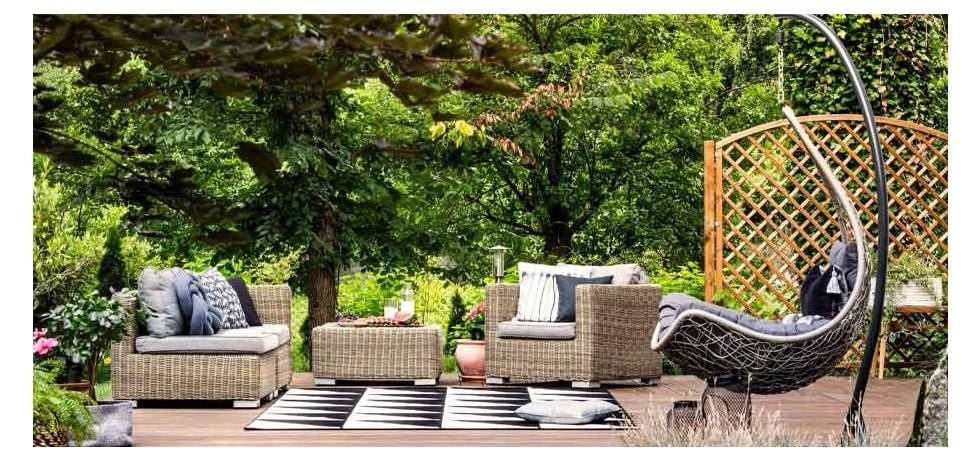
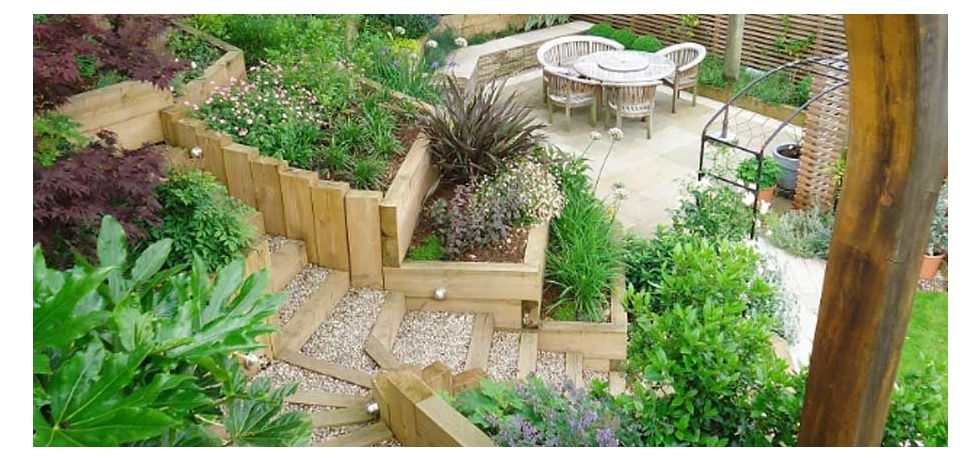
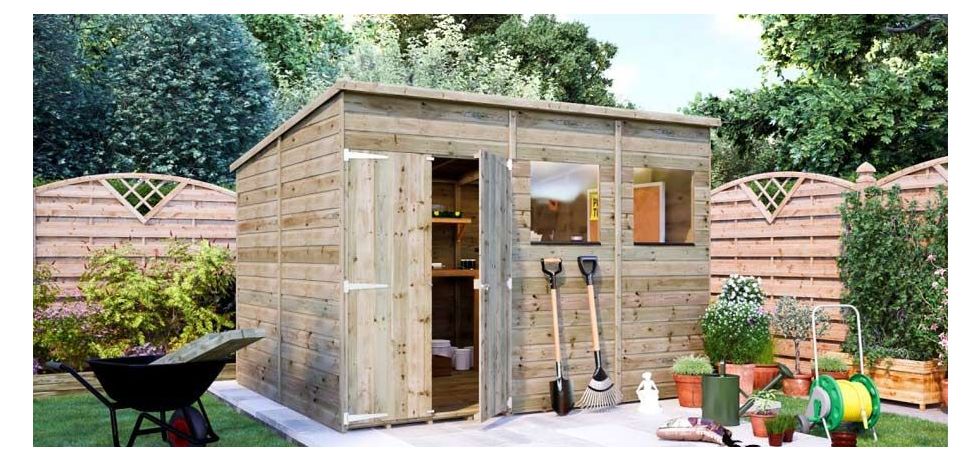
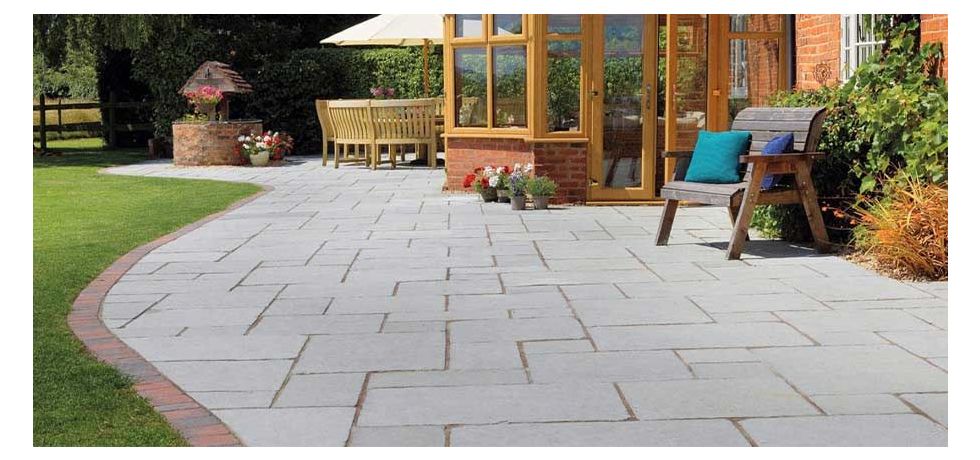
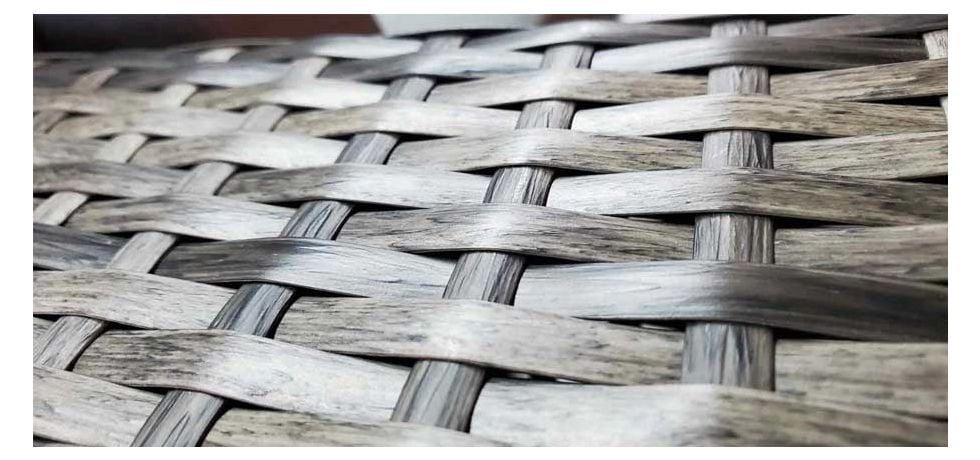
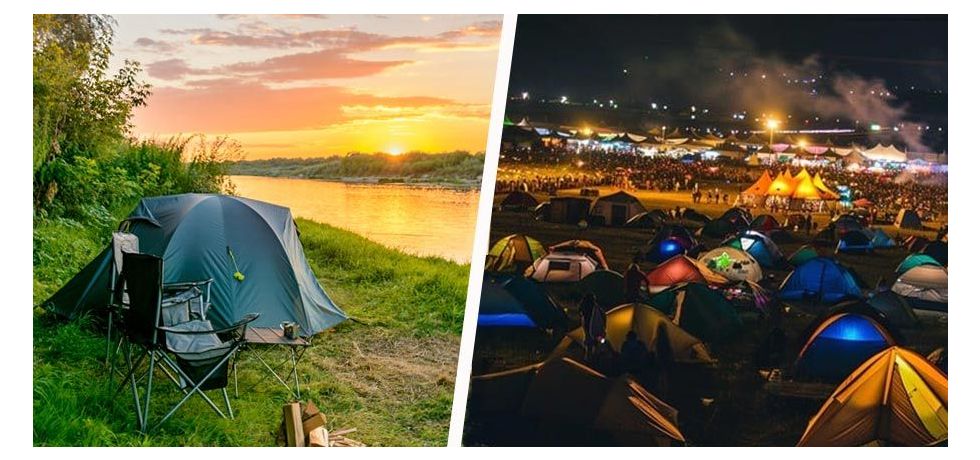
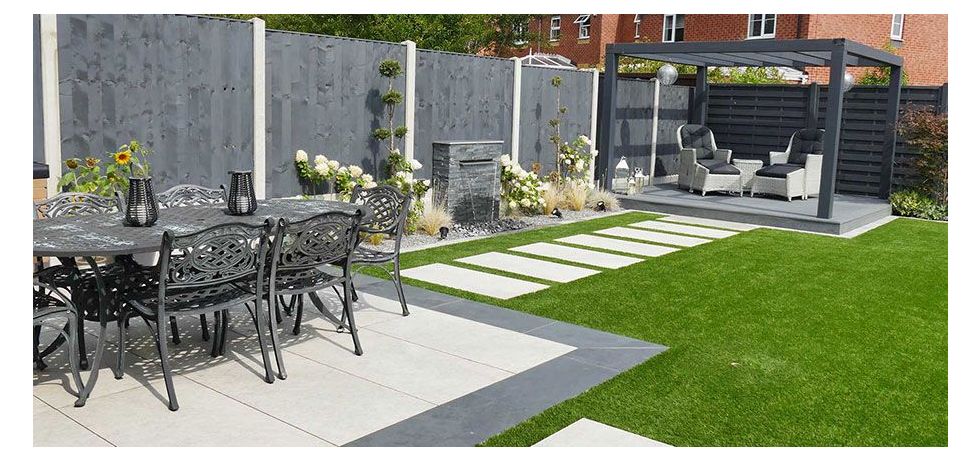
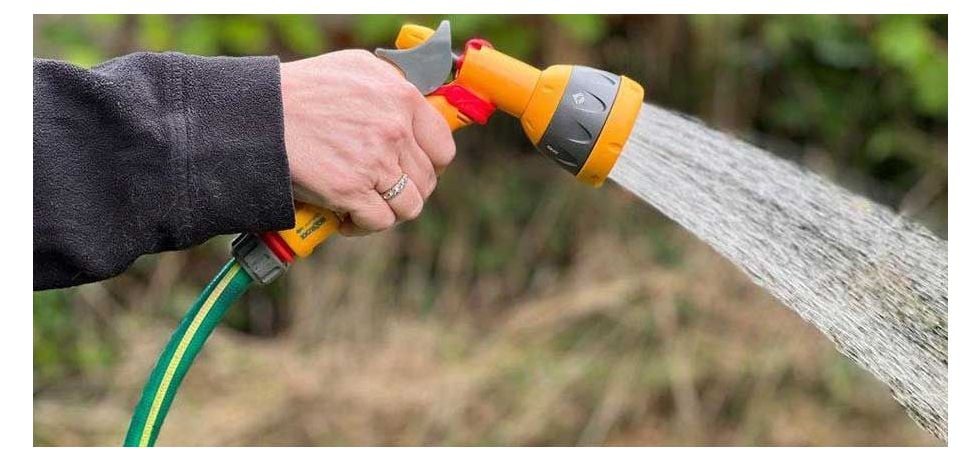
Shop our range of Garden Summer Houses at Trading Depot. Enhance your outdoor space with a beautiful summer house, perfect for relaxing, entertaining, or creating a versatile garden room. Available in a range of sizes and designs, our summer houses combine style with practicality, offering extra living space that can be used as a home office, studio, or leisure area. With features like large windows for natural light, secure doors, and durable construction, our summer houses provide a cosy retreat in any season. Transform your garden with a charming and functional summer house, adding both value and enjoyment to your outdoor living experience.